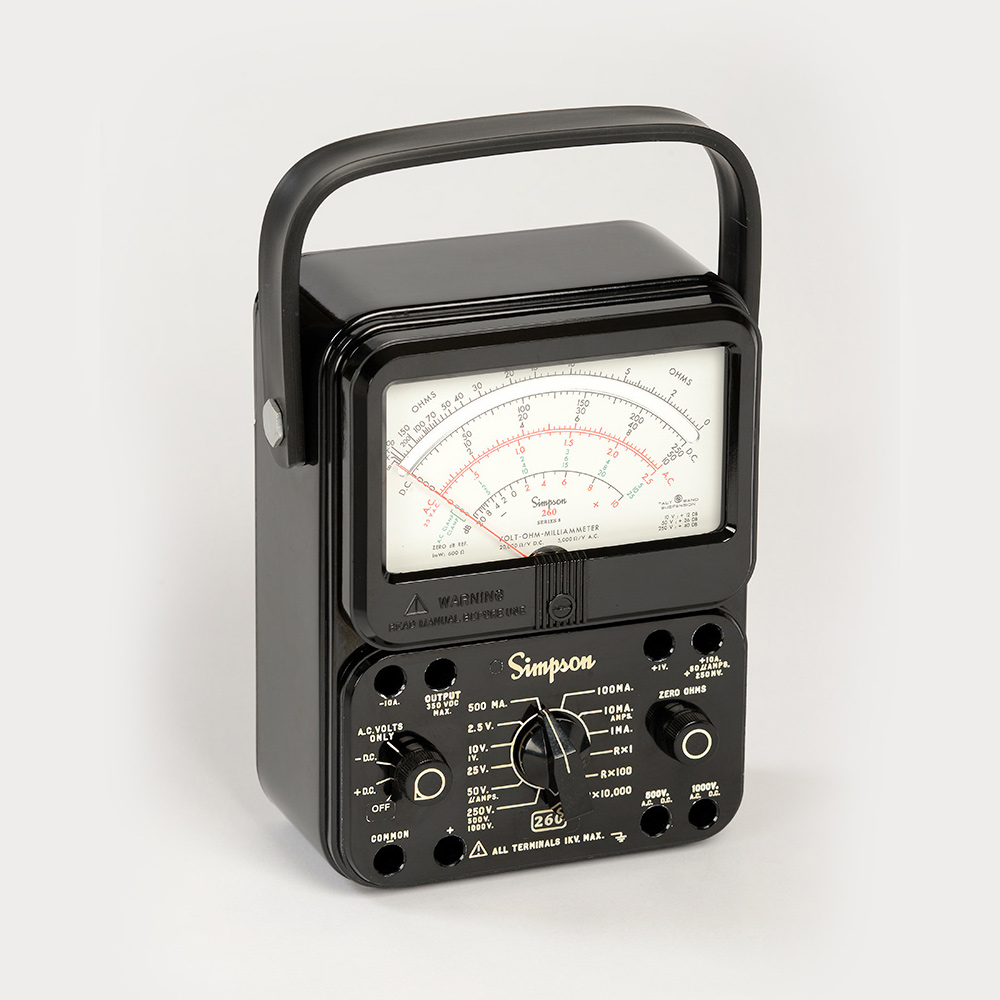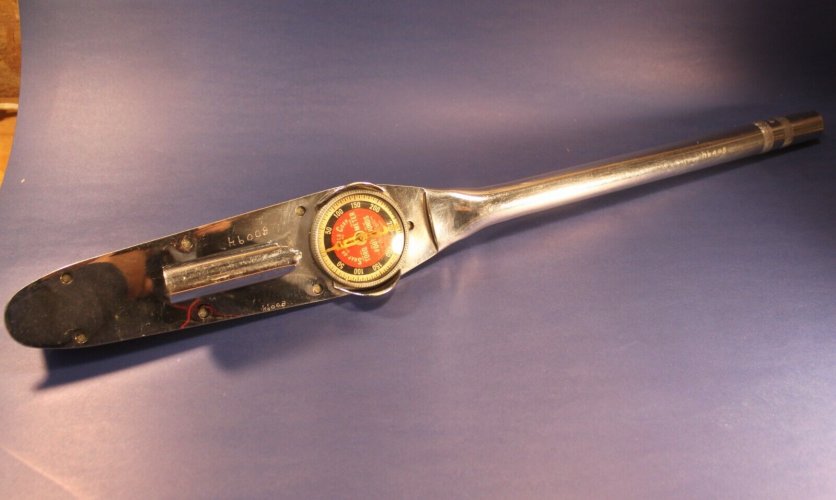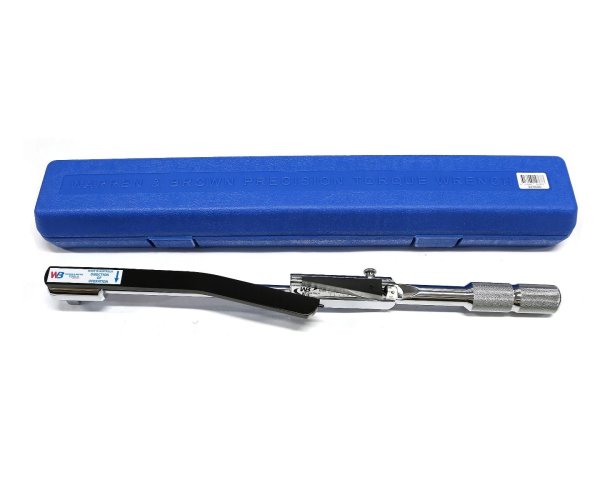It has been almost 50 years since I received training on the use of an analog micrometer. A micrometer is an essential tool for making highly precise measurements, such as for shim thicknesses. Of late I've been using digital micrometers, but I found the following videos to be very nicely done to explain the method to accurately read analog micrometers. Both inch and metric (mm) types of micrometers are covered. The cleaning and adjustment video was also nice. No point in trying to make a precise measurement with a micrometer that has a systematic bias or random error due to mis-calibration or a dirty anvil.
<iframe width="560" height="315" src="https://www.youtube.com/embed/j0ARvWwMZX8" title="YouTube video player" frameborder="0" allow="accelerometer; autoplay; clipboard-write; encrypted-media; gyroscope; picture-in-picture; web-share" allowfullscreen></iframe>
<iframe width="560" height="315" src="https://www.youtube.com/embed/2hoey4MRJYI" title="YouTube video player" frameborder="0" allow="accelerometer; autoplay; clipboard-write; encrypted-media; gyroscope; picture-in-picture; web-share" allowfullscreen></iframe>
<iframe width="560" height="315" src="https://www.youtube.com/embed/j0ARvWwMZX8" title="YouTube video player" frameborder="0" allow="accelerometer; autoplay; clipboard-write; encrypted-media; gyroscope; picture-in-picture; web-share" allowfullscreen></iframe>
<iframe width="560" height="315" src="https://www.youtube.com/embed/2hoey4MRJYI" title="YouTube video player" frameborder="0" allow="accelerometer; autoplay; clipboard-write; encrypted-media; gyroscope; picture-in-picture; web-share" allowfullscreen></iframe>







